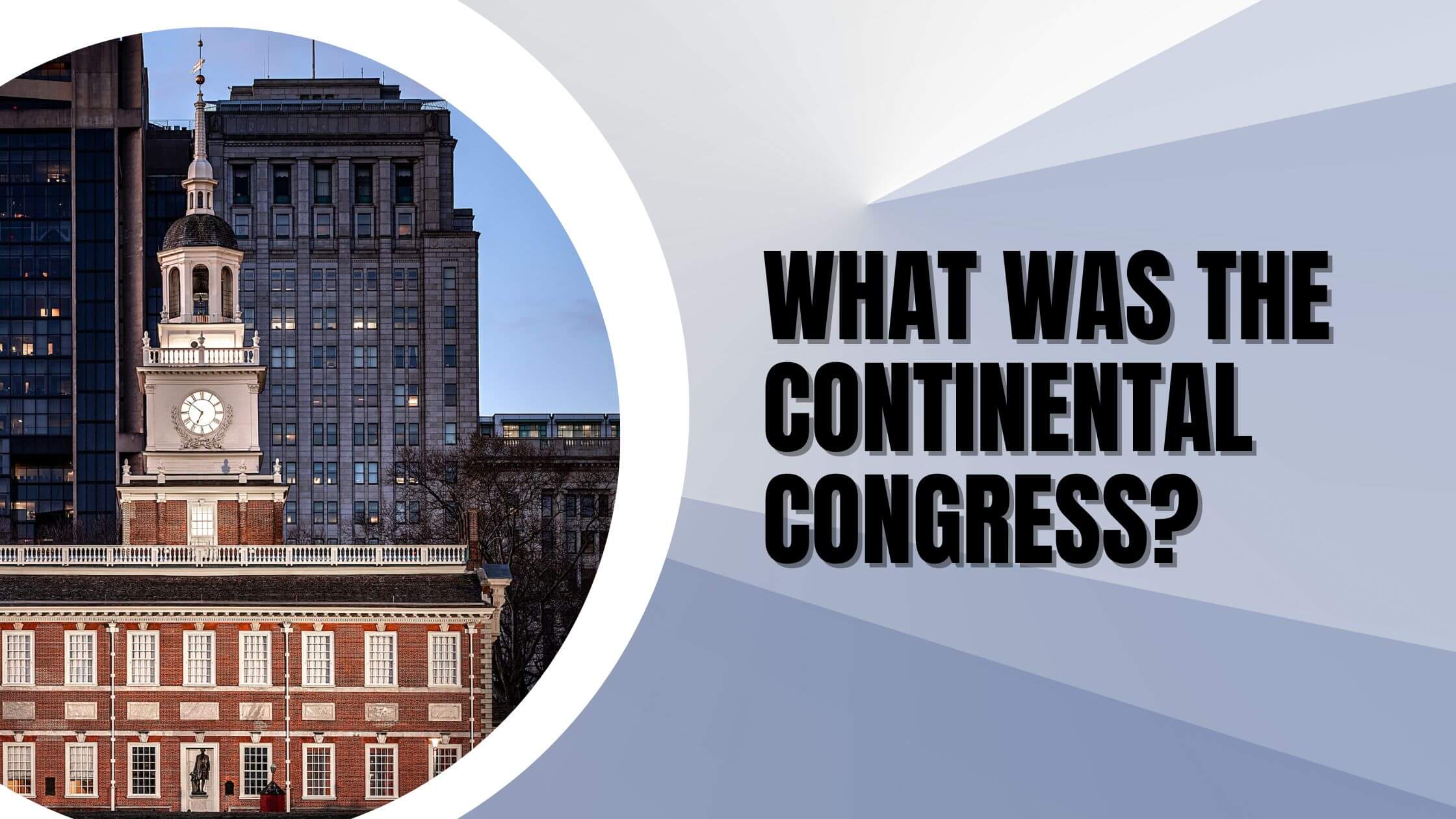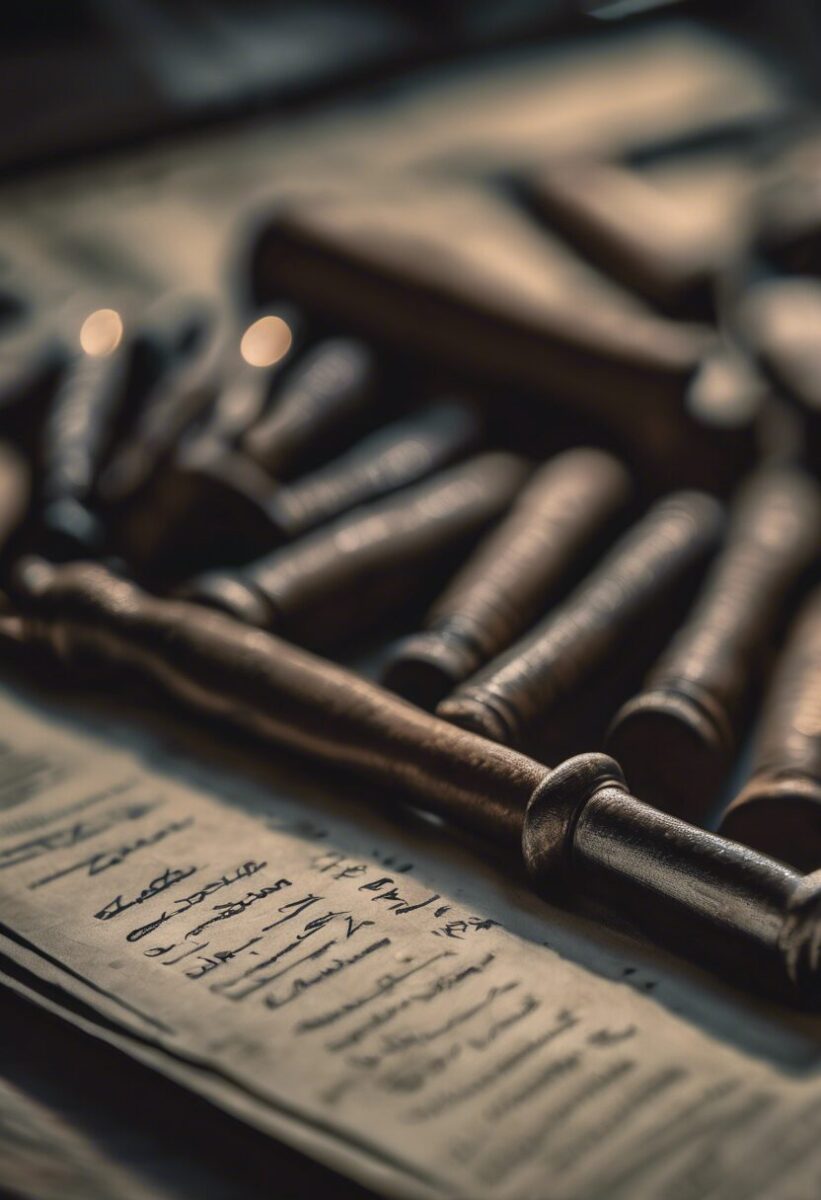Table of Contents
ToggleSources
- https://www.senate.gov/
The official website of the United States Senate provides authoritative information on Senate leadership, current composition, and election processes. - https://www.archives.gov/founding-docs/constitution-transcript
The National Archives provides the full text of the U.S. Constitution, including Article I, Section 3 which establishes the Senate's composition and the 17th Amendment which changed how Senators are elected. - https://www.senate.gov/about/origins-foundations.htm
The Senate's official history page explains the original selection process for Senators and the impact of the 17th Amendment. - https://www.congress.gov/members
Congress.gov provides current membership data for both houses of Congress, including party affiliations and leadership positions. - https://www.britannica.com/topic/Seventeenth-Amendment
Encyclopedia Britannica provides reliable historical context about the 17th Amendment and its impact on Senate elections. - https://www.brookings.edu/articles/the-case-for-d-c-statehood/
Brookings Institution provides authoritative analysis on the potential political implications of adding new states, including the impact on Senate control.
Key Points
- The Democratic Party controls the Senate as of January 2023, with a 50-50 split and Vice President Kamala Harris as the tiebreaker.
- Senators were originally appointed by state legislatures until the Seventeenth Amendment in 1913 allowed direct election by voters.
- Senators serve six-year terms, with one-third of seats up for election every two years to ensure continuity.
- The Senate is divided into three classes (1, 2, 3), each with staggered election cycles (2024, 2026, 2028).
- Each state has two Senators regardless of population, leading to disproportionate representation for smaller states.
- Adding more Senators would require new states, which could shift Senate control (e.g., D.C. statehood would likely favor Democrats).
- Leadership roles in the Senate include the Vice President (President of the Senate), President Pro Tempore, Majority/Minority Leaders, and Whips.
- Independent Senators (e.g., Bernie Sanders) can influence control by caucusing with a party; currently, three independents side with Democrats.
- The Senate’s structure and election cycles are designed to balance stability and democratic representation.
Summary
As of January 2023, the Democratic Party controls the U.S. Senate with 50 seats (including three independents who caucus with them), while Republicans hold 50 seats—Vice President Kamala Harris breaks ties in favor of Democrats. Senators are elected by popular vote (since the 17th Amendment in 1913) and serve six-year terms, with elections staggered every two years across three classes. Each state has two Senators, regardless of population, and leadership roles (e.g., Majority Leader, Whip) are determined by the controlling party, currently led by Democrats like Chuck Schumer.
The political party that has the most seats in the United States Senate is the one that controls this chamber of Congress. As of January 2023, the Democratic Party has control over the Senate.
The Senate is currently tied at 50-50, with 47 Democrats and three independents who caucus with the Democrats and 50 Republican Party Senators.
As the Vice President holds the tiebreaking vote in the upper house of Congress and Vice President Kamala Harris is a Democrat, the Democratic Party controls the Senate.
How Are Senators Elected?
The American people determine who is elected into the Senate, thus giving the public power over determining who controls the upper chamber of the United States Congress.
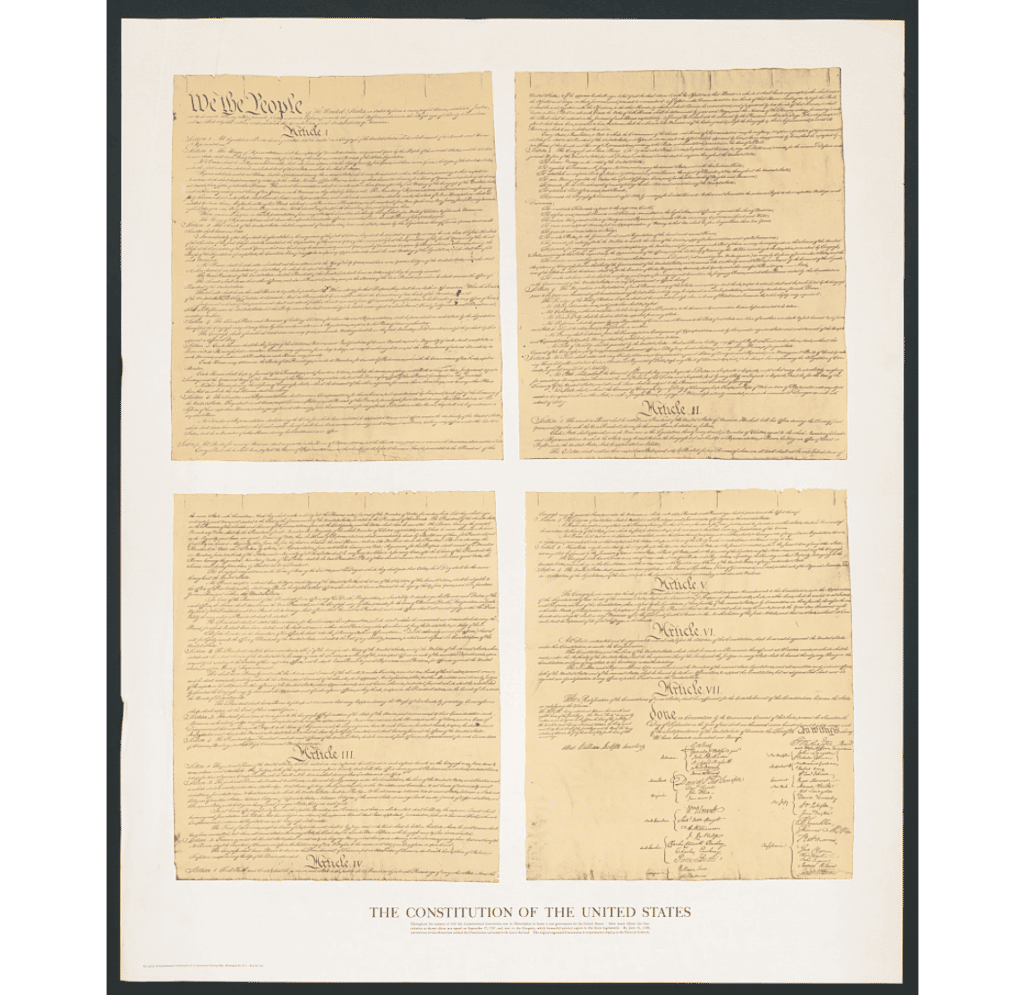
The constitution originally stipulated that state legislatures would vote on who to appoint as senators.
That changed in 1913 with the introduction of the Seventeenth Amendment. The amendment says that each Senator will be voted for by the eligible voters in their respective state.
Senators serve a six-year term, and a third of United States Senate seats come up for election every two years, rotating between different Senators.
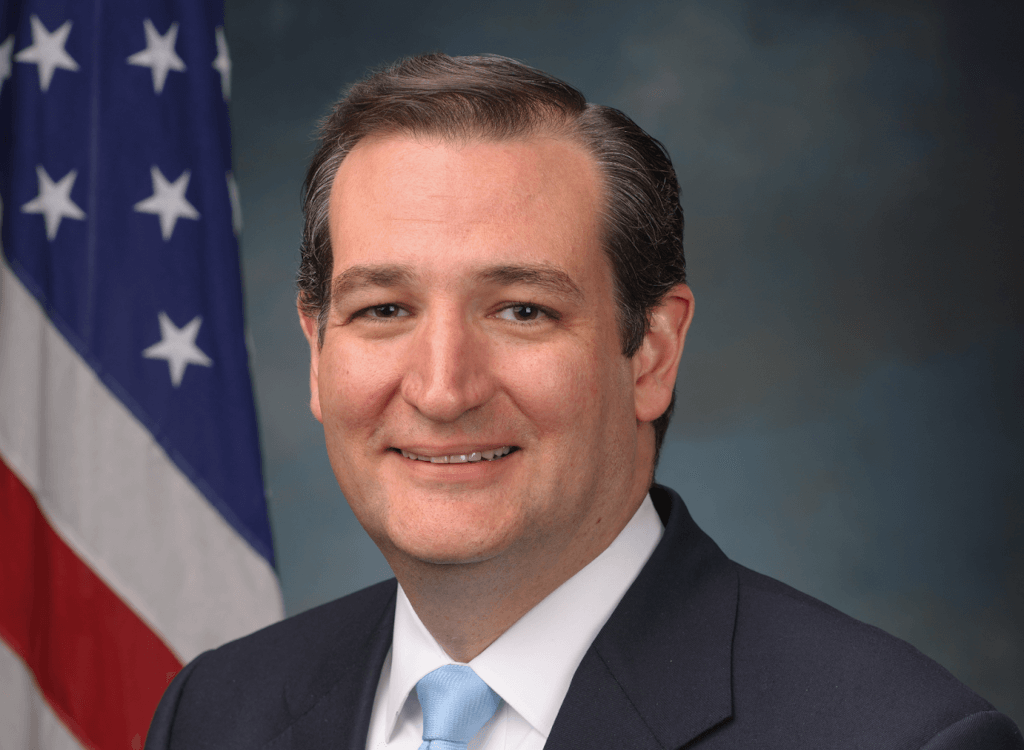
When Can People Vote For New Senators?
Senatorial elections occur every two years, but the specific senators up for senate election vary. The division among Senators is necessary to ensure continuity in the Senate, although the turnover can still be substantial depending on what happens in elections.
The Senate is divided into three classes:
- Class 1 – Class 1 has 33 Senators and will be scheduled for a Senate election in 2024.
- Class 2 – There are 33 Senators in Class 2, with these set to vie for a Senate seat in the 2026 midterm election.
- Class 3 – The 34 seats in Class 3 were up for election in 2022 and will be up again in 2028.
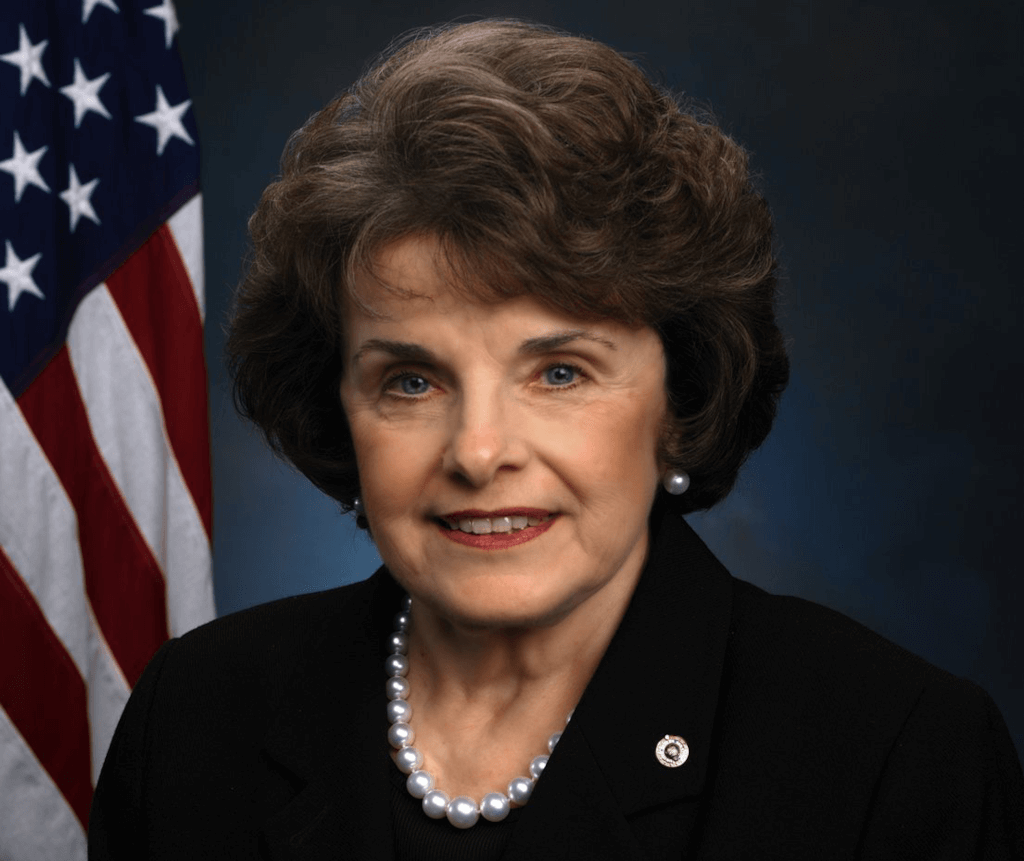
Each state has senators in two different classes on Capitol Hill. For example, Texas has Senators in Classes 1 and 2, while Colorado has Senators in Classes 2 and 3.
Why Are There 100 Senators?
Article I, Section 3, Clause 1 of the United States Constitution states that the Senate will include “two Senators from each State.”

Get Smarter on US News, History, and the Constitution
Join the thousands of fellow patriots who rely on our 5-minute newsletter to stay informed on the key events and trends that shaped our nation's past and continue to shape its present.

Every state will have two Senators regardless of the population of each state. This point has been criticized for how smaller states that don’t have as much influence will have disproportionate control over the Senate.
For example, California has 52 seats in the House of Representatives, while Delaware, South Dakota, North Dakota, Vermont, Wyoming, and Alaska have one seat each. But all of those states have two Senators each.
Could There Be More Senators?
It is possible for there to be more Senators, but certain territories held by the United States would have to become states.

This problem would create significant disputes over whether control of the Senate would go to one specific party.
For example, if the District of Columbia were to become a state, the two Senators there would likely be Democrats.
This problem was a factor in why it took so long for Alaska and Hawaii to become states. An influencing aspect of how the two were brought into the Union together was how the two states’ Senators would go in opposite political directions.
Who Leads the Senate?
Six specific people lead the Senate, with their political affiliations varying over who has control over the Senate, seniority among members, and who has been elected as the President:
- President of the Senate – The Vice President of the United States is the President of the Senate, with that person having the tiebreaking vote in Senate votes if there is a deadlock. Vice President Kamala Harris is the current President of the Senate.
- President Pro Tempore – The President Pro Tempore is the most senior Senator. The person operates as the President of the Senate in cases where the Vice President is absent. Vermont Democrat Patrick Leahy is the present President Pro Tempore. He entered the Senate in 1975 and has been in office longer than anyone else in the Senate.
- Majority Leader – The majority leader is a member of the controlling party whose party caucus has voted to lead the party. The majority leader is the party’s main representative and has the first right to speak on the floor. New York Democrat Chuck Schumer is the current majority leader.

- Minority Leader – The minority leader is the leader of the minority party. The party caucus also chooses the leader to lead the group. Kentucky Republican Mitch McConnell has been the minority leader since 2021.
- Majority Whip – The majority whip will gather votes from their party during voting events. Illinois Democrat Dick Durbin has been the Democrats’ whip since 2005 and is the current majority whip.
- Minority Whip – The minority whip also collects votes from their party. South Dakota Republican John Thune was the majority whip in 2019, but he became the minority whip in 2021 after Senate Democrats took control of the upper house.
Considering Independents
Independent Senators with no official political affiliation can influence who controls the Senate. The Senate has three independent Senators: Maine’s Angus King, Vermont’s Bernie Sanders, and Arizona’s Kyrsten Sinema.

Those three Senators caucuses with the Democratic Party, ensuring the Democrats have control over the Senate.
Caucusing entails Senators meeting together within a specific party. The independent candidates can caucus with either the Democrats or Republicans.
King, Sanders, and Sinema choose to caucus with the Democrats.
Another example came from 2001 to 2007, when independent Vermont Senator James Jeffords caucused with the Democrats.
The Senate: Who's Calling the Shots? Quiz
Frequently Asked Questions
Which political party currently controls the United States Senate as of January 2023?
How are Senators elected in the United States?
Why are there 100 Senators in the United States Senate?
Who leads the Senate and what are their roles?
How do independent Senators influence control of the Senate?
How useful was this post?
Click on a star to rate it!
Average rating / 5. Vote count:
No votes so far! Be the first to rate this post.
We are sorry that this post was not useful for you!
Let us improve this post!
Tell us how we can improve this post?

